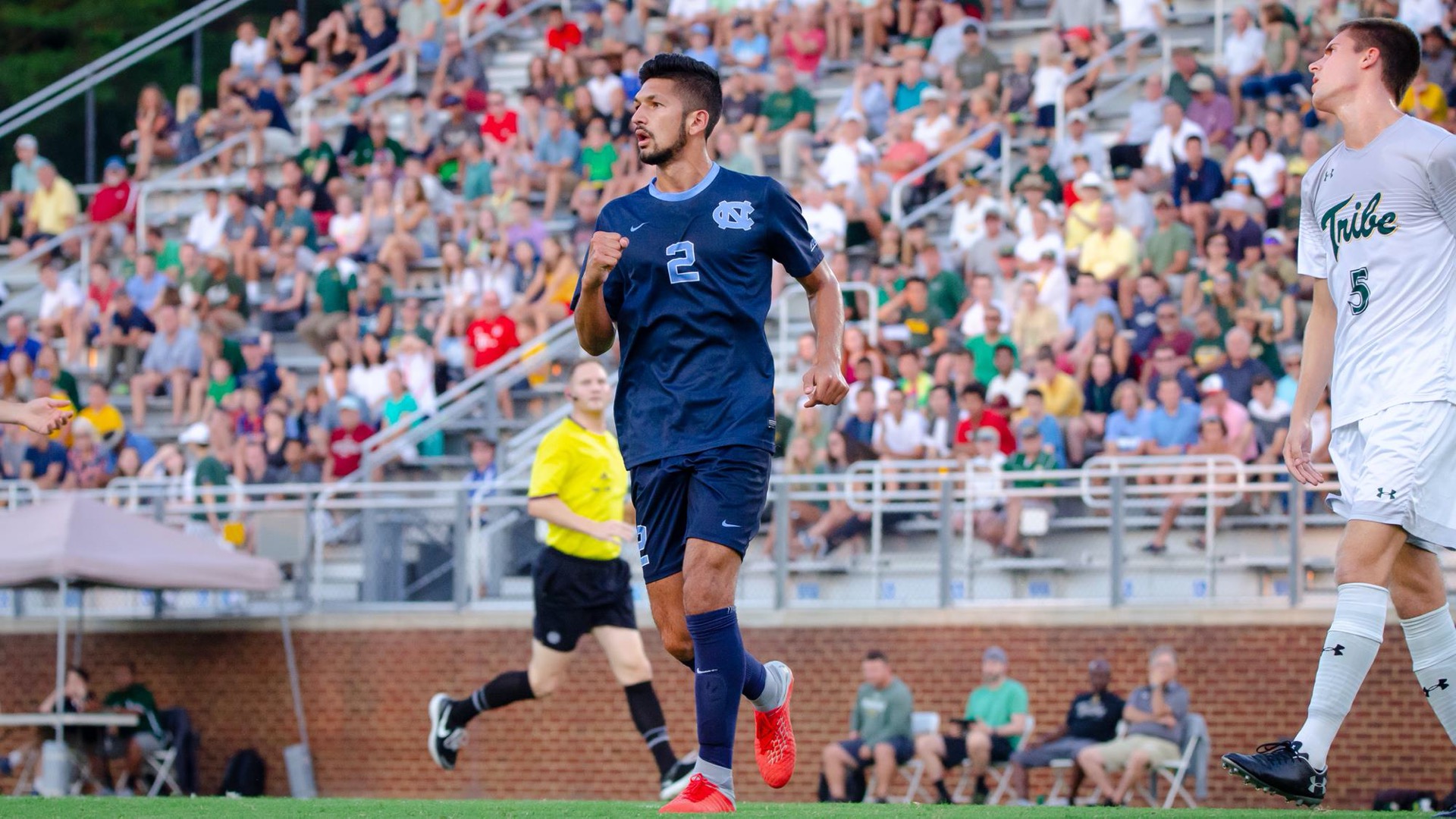Before you fill out that bracket, I am here to tell you who will win March Madness. Do you want bragging rights among your coworkers? Prove to your friend group that you are THE sports guru? Impress that girl that you have incorrectly assumed cares about how well your bracket did? This is the place for you.
College Soccer and High School Recruitment
Over the last few months, we've published a few articles regarding college soccer, in a series focused on the truths of college soccer and what college soccer could/should become. We highlighted the false realities of college soccer from a player's perspective, then talked about what college soccer could become for the U.S. Soccer Federation. In this edition, we talk about the limitations of the recruiting process.

The last few years have seen a trend in the college soccer recruitment process, with more focus on academy prospects, many coaches have looked away from club soccer. For fair reason, the United States Federation has done a great job in creating the Developmental Academy, in that it brings more organization to youth soccer. The DA essentially operates as a youth league for all the best academies in the country to play against one another year-round. With the United States boasting the largest amount of youth soccer participants in the world, the goal of the DA is to create an organized league for the best youth teams and prospects in the country.
These teams are meant to represent the highest level of youth soccer in the United States.

With a total of 164 Academies, boasting multiple team across different age groups, the DA has downgraded club and high school soccer for college coaches, players, and the U.S. soccer federation.
The truth is for college coaches, the easiest way to recruit on a national scale is to do so through the developmental academy. The DA provides easy access to a quality stream of players.
In the stringent world of soccer scholarships, every recruiting decision is monumental and players are recruited or ignored based on a very thin line. The issue is, there is no clear way to determine whether an academy prospect is better than a club prospect, but 9 times out of 10 the academy prospect will get the benefit of the doubt.
After all, the DA prevents its kids from partaking in high school soccer, with the theory been that high school sports are not a good developmental ground for athletes. This kind of sentiment places a negative on kids who compete at the high school level, when in reality, there are still high-level players playing club and high soccer on both the men's and women's side.

In the MLS draft, 3 of the first 6 Americans chosen played high school and club soccer.
In the NWSL draft, 7 of the first 9 picks played high school or club soccer.
This is not to say that high school soccer is a better alternative to Academy soccer, but rather highlight the fact that there are still talented players outside of the DA that often get overlooked.
For example, in the DA there are 88 U16/17 boys teams and over 100 U16/17 girls teams. Between those two leagues, that is already over 3,000 kids that are going to get first looks from college programs around the country.
For many families, the Developmental Academy is simply not a realistic options. The cost for some teams can be extreme, it may require kids and families to move away from home, the kid may want a normal highschool experience, and some DA teams are filled with the same issues that plague college soccer teams.
Not to mention that there are still club teams that are great in player development, and high school soccer can teach uniquely valuable lessons in leadership, commitment, and accountability.
There is no clear answer as to what needs to be done, but for kids and families seeking an opportunity at the highest level of college soccer, the United States soccer federation has made it paramount that the DA is the preferred avenue.
Allowing a player to play high school soccer for two to three months out of the year is not the problem plaguing U.S. Soccer, and pretending it is will only make matters worse.

For the federation, it's been 13 years since the DA was established and all we have to show for it is a missed world cup in 2018, the first since 1986. For players and parents, the level of competition matters but so those enjoying what you do, the club/high school soccer route is still of value to some coaches. For college coaches, some are doing their schools and themselves a disservice by assuming that the only avenue for quality recruitment is the Developmental Academy.
Follow and subscribe as we continue to break down more of college soccer and what to expect over the next few months.
Latest posts in our blog
Read what's new this week
On February 22nd in Riyadh, Saudi Arabia, we will witness one of the best cards in boxing history, with all seven fights on the card being title fights that would sell out arenas if they were the main event. The 'Last Crescendo' name is fitting for a card that gets more and more intense as the fights go on, with...
Social Media Has Ended Big Market Teams
It is time to rethink the way we think about sports and marketability. The global popularity of social media has fundamentally changed sports consumption and the idea of market sizes. The phenomenon fueling this belief is LaMelo Ball and what just happened with the NBA All-Star vote.




